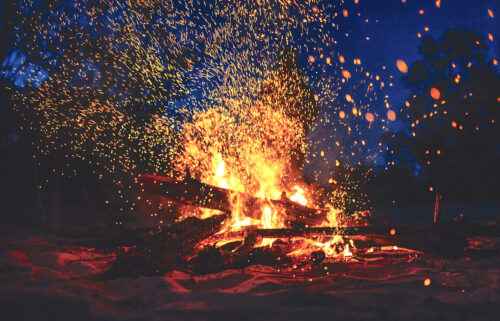- Archaeology (344) ,
- Biology ,
- Culture ,
- Language
Archaeologists study the physical objects, places, and landscapes that humans create, modify, or interact with. Their goal is to learn more about human histories and experiences.

Spain’s Move to Decolonize Its Museums Must Continue

It’s Time to Replace “Prehistory” With “Deep History”

How and When Did Humans First Move Into the Pacific?

Do Moose “Belong” in Colorado?

How Colonialism Invented Food Insecurity in West Africa

Unraveling a “Ghost” Neanderthal Lineage

The Distant Origins of a Stonehenge Stone

Digging Into an Ancient Apocalypse Controversy From a Hopi Perspective

Can Embracing Copies Help With Museum Restitution Cases?

The International Order Is Failing to Protect Palestinian Cultural Heritage

Cultivating Modern Farms Using Ancient Lessons

Why I Talked to Pseudoarchaeologist Graham Hancock on Joe Rogan

Spotlighting War’s Cultural Destruction in Ukraine

Learning From Snapshots of Lost Fossils

How Accurate Is the Stone Age Thriller Out of Darkness?

Unearthing the Origins of Plantation Slavery on São Tomé

What’s Behind the Evolution of Neanderthal Portraits

Finding Footprints Laid at the Dawn of Time

Tools of the Wild: Unveiling the Crafty Side of Nature

Taking Cultural Preservation to a New Dimension

Tackling the Wreckage of War

How Museum Items Go Missing
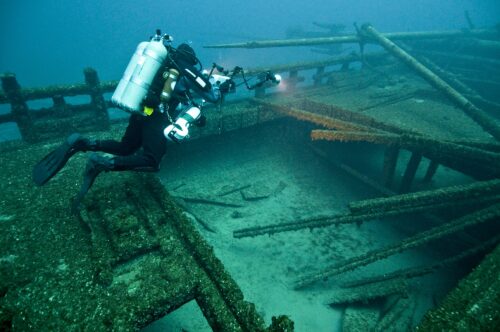
Treasure Hunters Pose Problems for Archaeologists
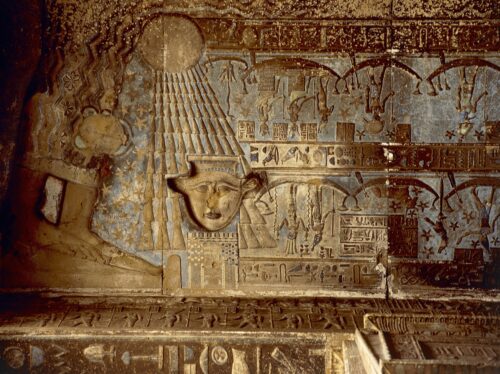
What Ancient Egyptians Knew About Meteorites—Long Before Modern Astronomers
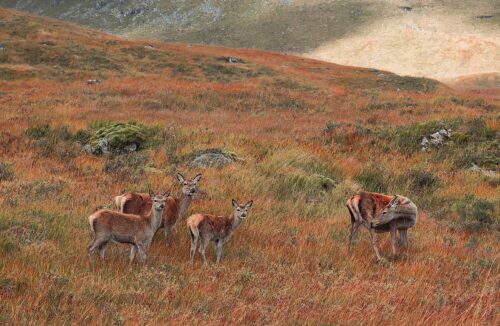
Past and Present Approaches to the Management of Red Deer
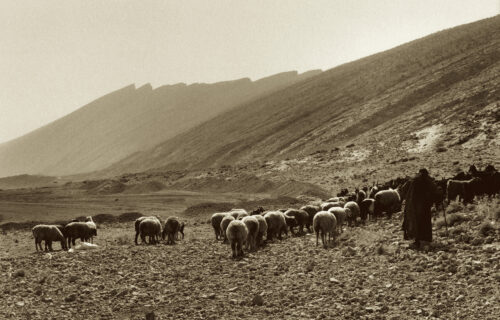
What Ancient Goat Teeth Reveal About Animal Care
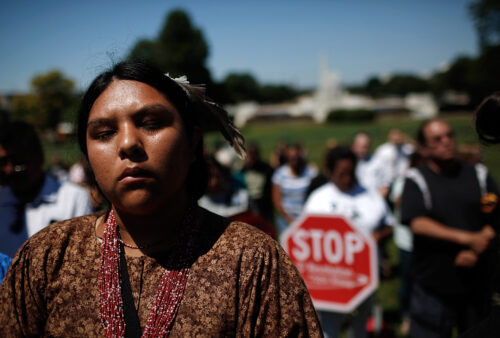
Archaeological Tropes That Perpetuate Colonialism

Forensic Methods Unveil Clues About Megafauna Extinctions
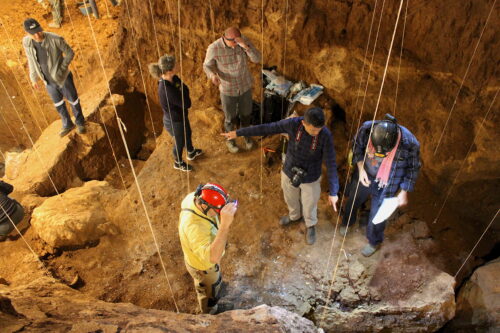
Dating the Arrival of Modern Humans in Asia
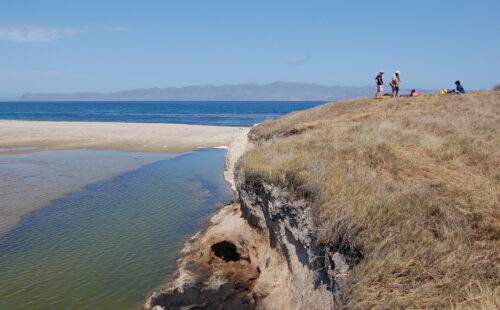
Can Archaeology Help Restore the Oceans?
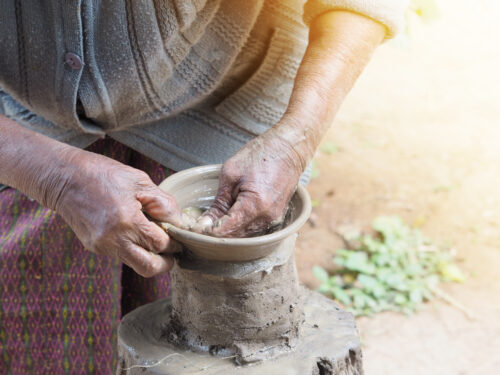
What Pots Say—and Don’t Say—About People
